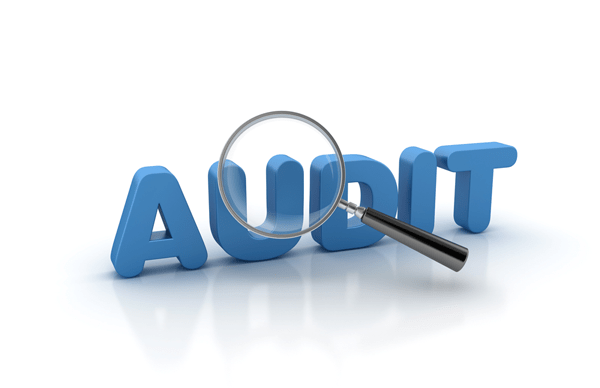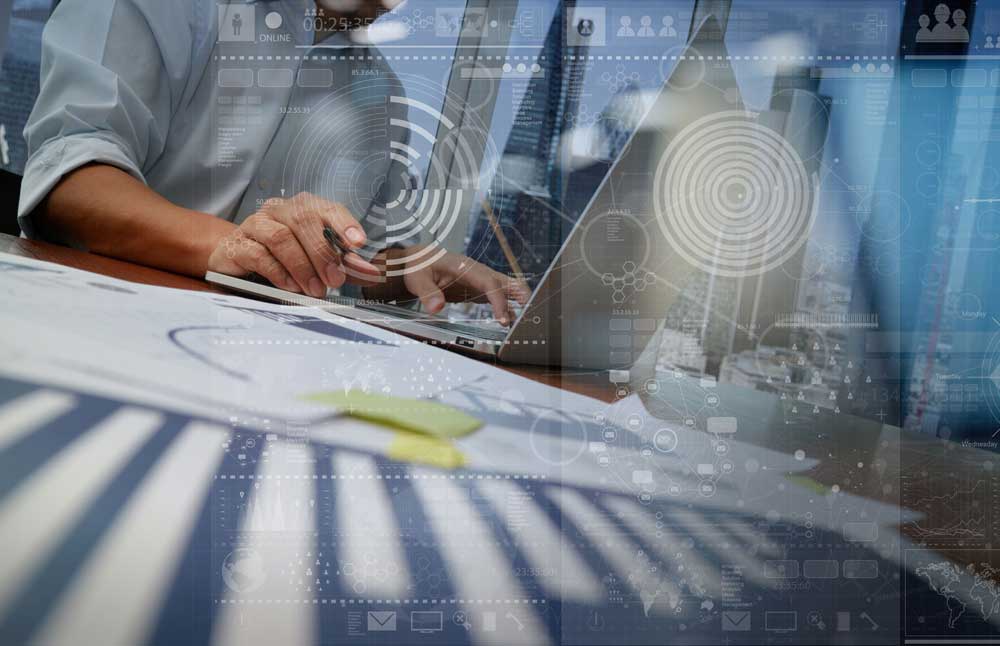9 Tips to Plan for a Remote Audit
At a recent online event we sat down with customers Ginger Butz, Director of Sales Operations at the Morey Corporation, and Richard Balano, Vice President of Quality at Hyalex, as well as our own Jeff Baer, Security Engineering Director, to talk about audit resilience today. They shared insights that help your remote audits run smoother and be less disruptive than traditional, on-site audits.

Embracing Virtual Practices and Ensuring Readiness
Remote audits, along with virtual work and virtual learning, have existed for a long time. Today’s pandemic forced this issue. Now, both auditors and regulated companies have experienced the benefits. So, they are likely to outlive our current challenging time. To pass any audit, you need to be ready. For remote audits, you need to be intentional in your communication and plan for unknowns.
FDA DEFINITION REMOTE AUDIT: audit performed off-site through the use of information and communication technology. [Synonyms: eAudit, virtual audit]
First, Be Ready for Any Audit
Design your product processes from design to release and sustaining to comply with or exceed your regulations. Regulatory bodies include the International Standards Organization (ISO) for any company and the U.S. Food and Drug Administration (FDA) for U.S.-market medical device companies. Each country, economic union, and industry has its own regulatory bodies as well. FDA auditors follow the “Guide to Inspections of Quality Systems,” which focuses on guidelines for inspecting medical device manufacturers against the Quality System Regulation (21 CFR Part 820). So, your first step is to check your implementation against the regulations. The requirements in this part of the regulation govern “the methods used in, and the facilities and controls used for, the design, manufacture, packaging, labeling, storage, installation, and servicing of all finished devices intended for human use.”
Before the audit is planned, check your systems to make sure all methods and product information indicated in the regulation are controlled in your QMS system. You need to understand and document the relationship between your QMS system, your processes, your product information, and the regulations you must comply with. When you’ve done this, the evidence can be presented to an auditor remotely.
QMS System Factors for Success
There are a lot of quality management software systems on the market. What criteria to use to choose? Same
- Experience with companies similar to yours
- Flexibility—to accommodate changing regulations
- Validation
Plus
- Automation
- Connections (product information to quality info: you to suppliers, your system to auditors)
Plan the Remote Audit
Collaborate with your auditors to agree on the best way to run the audit. Accommodate the preferences they formed from experience. You will also develop preferences based on internal audits and your own remote capabilities. Our experience has shown that remote product work of any kind requires more intentional communication. We recommend building this into your plans.

Agree on Timelines and Goals
If this is your first remote audit, or the auditor’s, plan for extra time to meet the same goals. Consider each of your schedules, too. When are you each unavailable? What time each day can you work? What time zone are you each in? Plan breaks, including the 20-20-20 rule so you can stay sharp and healthy while doing this screen-intensive work.
The Role of Remote Quality Audits in Global Business
Thanks to developments in remote auditing technologies, remote quality audits are now essential for upholding regulatory compliance and high quality standards in an international corporate setting. These audits enhance compliance with the Quality Management System (QMS), minimize operational disruptions, and come at a reasonable cost. Remote audits provide regular, continuous monitoring and preventative enhancements through the use of cloud platforms, secure communication methods, and sophisticated data analysis. Future improvements could leverage AI and machine learning to boost compliance and efficiency.
Document the Plan as Project
Each milestone represents a goal. Link the milestone to the evidence. In this way, you can be confident that every outcome can be met remotely. Anyone in your organization can see the progress of the audit in real time, and you have a record of all the activities.
“We are prepared and confident for audits. We link all QMS information and product records. We structured the data to support our processes. Everything is searchable and we can quickly find the documents and records an auditor needs.” — Michelle J. Potvin, ASQ CQA Director, Quality Assurance & Regulatory Affairs, Swan Valley Medical
Agree on a Secure Application for Video Conferencing
Work with your IT department and have a backup in case your primary service goes down. Be sure the auditor and the QMS user know how to start and use the application you chose.
Accommodate Questions, Issues, and Open Items
Even after planning, you may have some unexpected events, so document a process to handle them. If you have the project in your QMS, you can note questions, issues, and open items against the relevant task. You can also capture chats in the screenshare app or emails and attach them to the project later. Your goal is to keep all the audit information connected to the project so you can track it and follow up.
Choose the Primary and Secondary Users and Management Contact
The primary user will work with the auditor to provide them the information requested. Because you’ve already linked the information, you won’t need the front room/back room structure of on-site audits, but you’ll want a secondary user if needed. Document these roles as well as the management contact with executive responsibility.
Conduct a Mock Audit Internally
Use the same tools, processes, and personnel as the real audit. Refine your procedures by incorporating lessons from an internal remote, or “mock,” audit.
Schedule a Post-Audit Review
Use this meeting to get input from the auditor on how to improve the next audit. Attach this feedback to the project managed in QMS, so you can use that information for next time.
Next Time?
Yes, auditors and companies have quickly learned the benefits of remote audits. Although on-site audits will not go away 100%, if it can be done remotely, it will be. See this Audit Resilience eBook to learn about good, better, and best practices to be prepared for an audit.


